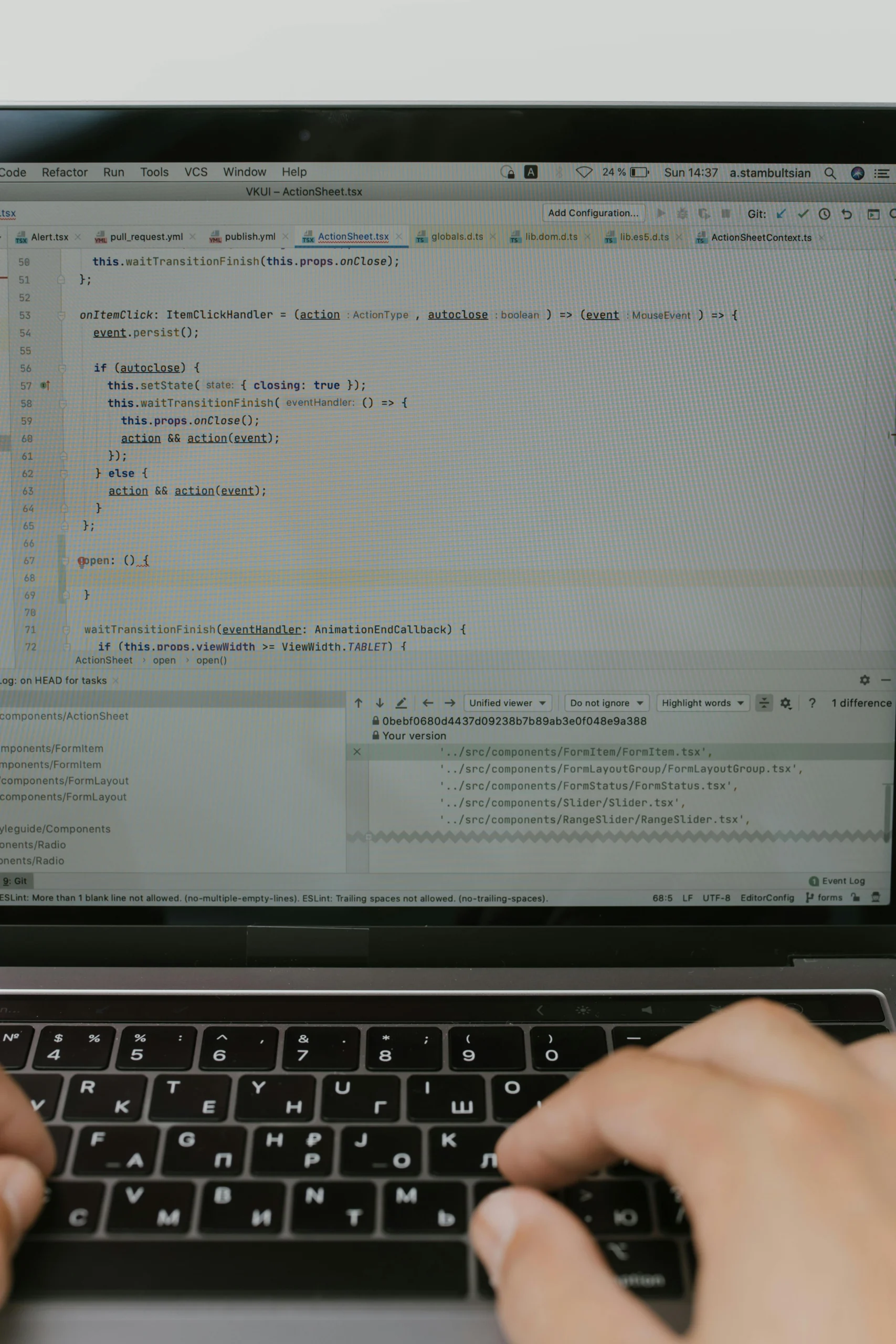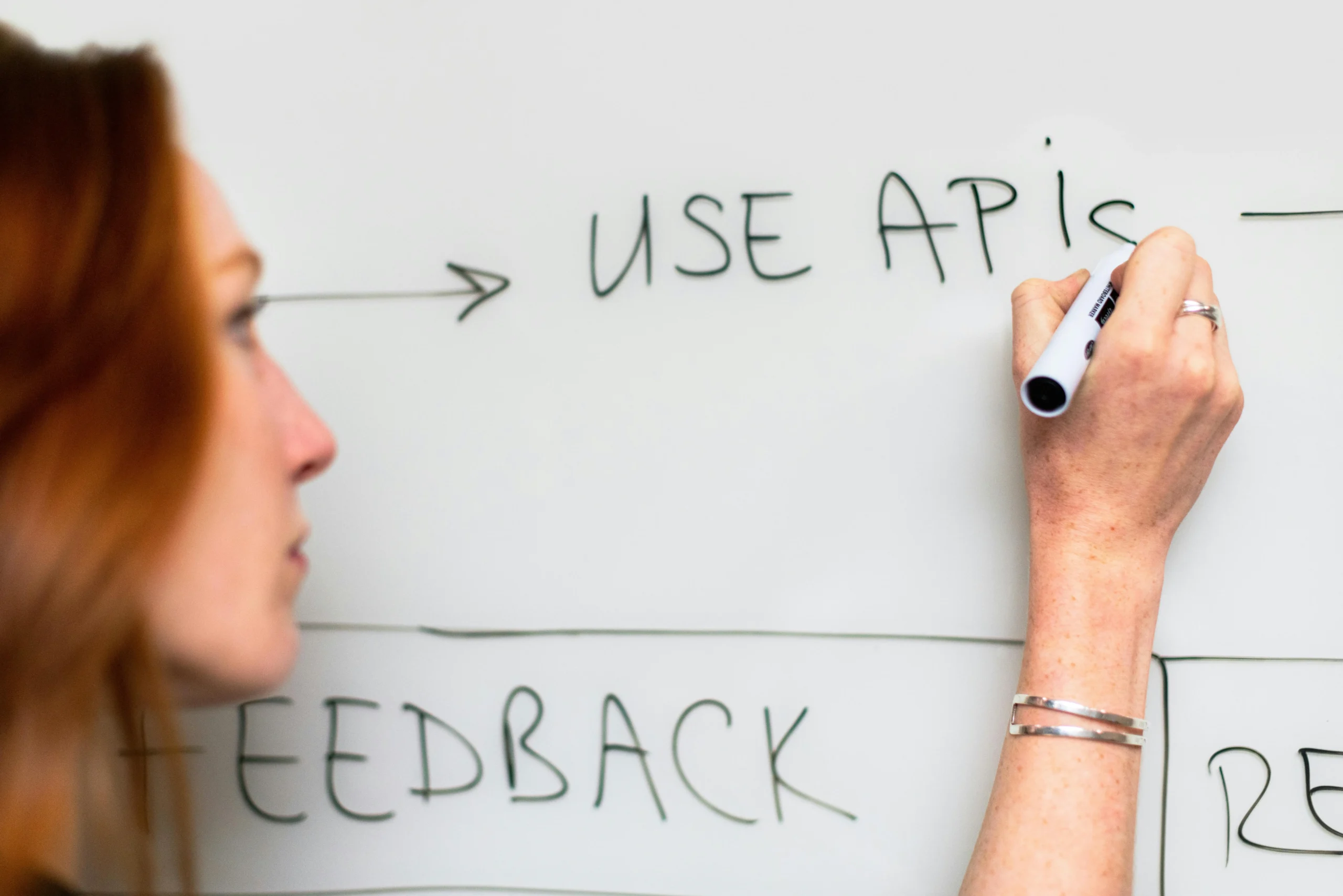For years, self-service IT has enhanced operational efficiency by enabling users to complete tasks independently. The integration of AI into these workflows allows employees with no technical background to write and deploy applications, thereby accelerating innovation and productivity. However, this shift towards AI-powered self-service introduces a host of risks, particularly in security and compliance, as users may deploy solutions without fully understanding their implications.
AI can function in unpredictable ways, leading to potential vulnerabilities in applications created by untrained users. For instance, an AI-generated app might handle data insecurely, leaving it open to code injection attacks. Without a foundational knowledge of coding or application security, users are unlikely to recognize such risks, potentially exposing the organization to significant threats. Agentic AI poses similar challenges, as users creating their own AI solutions might inadvertently violate compliance laws or operational protocols due to a lack of understanding of the systems they are interacting with.
To mitigate these risks, organizations need to implement governance frameworks around AI utilization in self-service contexts. Companies can direct AI calls through a managed platform that flags potential security issues while allowing users flexibility in their interactions with AI tools. This approach fosters innovation while ensuring that employee autonomy does not lead to dangerous practices, emphasizing the importance of balancing freedom and control in the evolving landscape of AI-driven self-service IT.
👉 Pročitaj original: CIO Magazine







